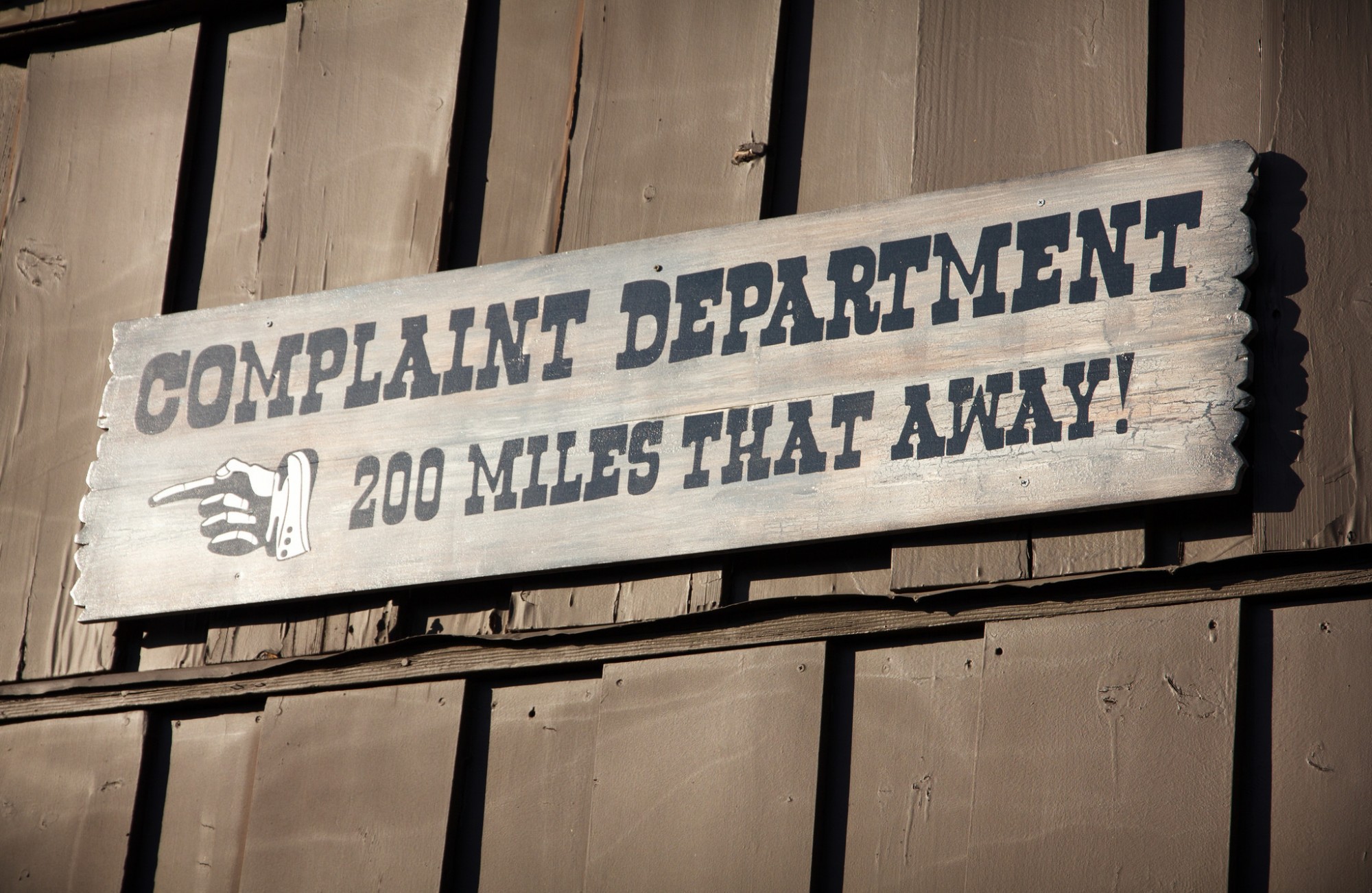At each turn of each season, lots of achievement-oriented people set goals.
The start of the school year is my favorite time to do this for myself (I’m with Gretchen Rubin, who calls September “the other January”). I also have my teens set some goals for themselves. But we aren’t very ambitious, and for good reason.
You already know this, but it’s worth saying: More than half of people who set goals (or make resolutions) give up on them, or simply forget about them, within six months. Don’t join this failing 50 percent! Instead, follow these three research-based strategies for making resolutions that stick for a lifetime.
1. Think in terms of habits, not goals.
Your goals for the new season might include losing 10 pounds, or totally clearing your house of clutter, or finding a new job. All of these might be goals worth setting, and they all involve a lot of different behaviors — and, therefore (sorry to say this) a lot of opportunities for failure.
Simple behaviors that can become habits that automatically help you achieve your goals ultimately make better self-improvement initiatives than ambitious goals. For example, resolve to eat an apple every afternoon instead of a cookie, or spend 10 minutes each weeknight before bed cleaning out a shelf or a drawer, or send one networking email every morning before you leave for work.
For something to become a habit, there needs to be something else that triggers the new behavior — a regular, uniform stimulus that tells you its time to perform this behavior. My morning meditation is triggered by my alarm going off at about the same time every day. (And when I don’t set an alarm, I don’t usually meditate, sadly.)
If you have a habit in mind that you don’t want to do every day, choose a trigger that occurs only occasionally — i.e., at the times when you want to perform that new behavior regularly down the line. For example, “Do a 30-minute yoga video twice a week” isn’t a habit. It’s a to-do item for your task list because there’s no clear trigger, and therefore no clear way to make it a routine for you. If you want to squeeze that twice-weekly yoga into your schedule, a better approach would be to say, “I’ll pop in my 30-minute yoga video after dropping the kids off at soccer practice on Tuesday and Thursday afternoons.”
2. Bake a reward into the actual behavior, rather than holding out until you’ve achieved some far-off goal.
We human beings may say that we are pursuing happiness, but really what we tend to pursue is reward. Anything that we might desire could count as a reward: a cashmere sweater, a pretty little cupcake, attention from a mentor, a sense of accomplishment, some affection from a loved one.
When our brains identify a potential reward, they release dopamine, a feel-good chemical messenger. That dopamine rush motivates us toward the reward, creating a real sense of craving, wanting, or desire for the carrot that is being dangled in front of us.
Fortunately, we can make dopamine work for us rather than against us as we build our habits. To get into a good habit, you’ll need a really satisfying reward–ideally one that’s immediate or, even better, intrinsic to a routine.
We can do this by making the activities themselves more rewarding, or just plain more fun. This is what I did when I switched my silent, sitting meditation (a very serious, long vipassana—like eating kale for the mind) to meditating along with a Deepak Chopra recording (short, inspiring, and easy—like an iceberg wedge salad with bacon and blue cheese). I was getting a lot out of the longer vipassana meditations when I did them, but I wasn’t meditating regularly. Just as any salad is better than a diet without greens, I decided that at this stage in the game, any meditation is better than none. It might not be a sure road to enlightenment, but it’s closer than hitting snooze in the morning.
I’m also a huge fan of the “Yay me!” reward, which I learned from B.J. Fogg at Stanford. Even something as small as a short mental victory dance can trigger a little hit of dopamine, enough to tell your brain to repeat whatever you just did. So when I hear my alarm and sit up in bed, I congratulate myself. If you heard my running internal commentary, you’d think I was utterly crazy, what with the constant “Yay me! I did it again!” self-talk. But it works!
3. Prepare for failure.
Unless you are some sort of superhero, you will not be able to get into this new habit perfectly the first time. You’ll trip and fall and royally screw up. Research indicates that 88 percent of people have failed to keep a new resolution. In my experience as a human being and a coach, 100 percent of people starting a new habit lapse at some point. Faltering is a normal part of the process. It doesn’t matter if you have a lapse, or even a relapse, as much as it matters how you respond to that lapse.
So take a minute to think about what tools you need to embark on your new habit. What obstacles will you likely face? People who plan for how they’re going to react to different obstacles tend to be able to meet their goals more successfully. For example, research suggests that recovery from hip-replacement surgery depends in large part on having patients think through obstacles to their recovery and then make a specific plan for how they will deal with those obstacles.
What obstacles can you predict and plan for? Don’t forget to include the people in your life who (often unintentionally) throw up roadblocks. For example, my husband was not a fan of my morning exercise routine when he noticed how early I was going to bed, and I was successful only when I planned out how I’d respond to his attempts to convince me to stay up later with him.
In The Marshmallow Test, the celebrated psychologist Walter Mischel gives what I think is his best advice for responding to challenges: make an “implementation plan.” First, identify the “hot spots that trigger the impulsive reactions you want to control,” like your alarm going off while it is still dark, or seeing your favorite hot wings on the menu. Then, decide what you will do when the trigger goes off, phrasing your behavior plan in simple, “If-Then” terms. For example: “If my alarm goes off and I want to press snooze, I will immediately get out of bed and walk to the bathroom.” Or: “If I see hot wings on the menu and feel the urge to order them, I will immediately choose a salad to order instead.” This strategy may seem too simplistic to work, but lots of research proves it to be, as Mischel writes, “astonishingly effective.”
Finally, even with the best laid plans, lapses are still going to happen–probably over and over again. In those cases, what’s important is that you don’t beat yourself up for your lack of willpower but instead try to practice self-compassion. When we practice self-compassion, we recognize that everyone makes mistakes and falls short of their expectations for themselves at one time or another–in fact, our shortcomings are what bind us to the rest of our fellow humans. Pioneering research by Kristin Neff, of the University of Texas, has found that when people treat themselves with self-compassion–that is, they extend to themselves the same kind of understanding and kindness that they would show a friend who makes a mistake–they are actually more likely to bounce back from a failure and stay on track to meet their goals.
I love the end of the summer for the opportunity to get back into our routines and habits. This is the PERFECT time to set some goals — and to make a new resolution for the new season. As school starts again for students everywhere, what will make you and your family happier, healthier, and more successful?
If you’re serious about getting into a new habit but aren’t sure where to start, or you just need a few more tips, I have a free coaching program that you are welcome to join.
Pick the right habit (and I’ll guide you in picking the right habit) and you’ll have it well established by the end of this program. 90 Days to a New Habit is a 12-week email and text-based coaching program that is practical, do-able, and science-based. Enroll here.



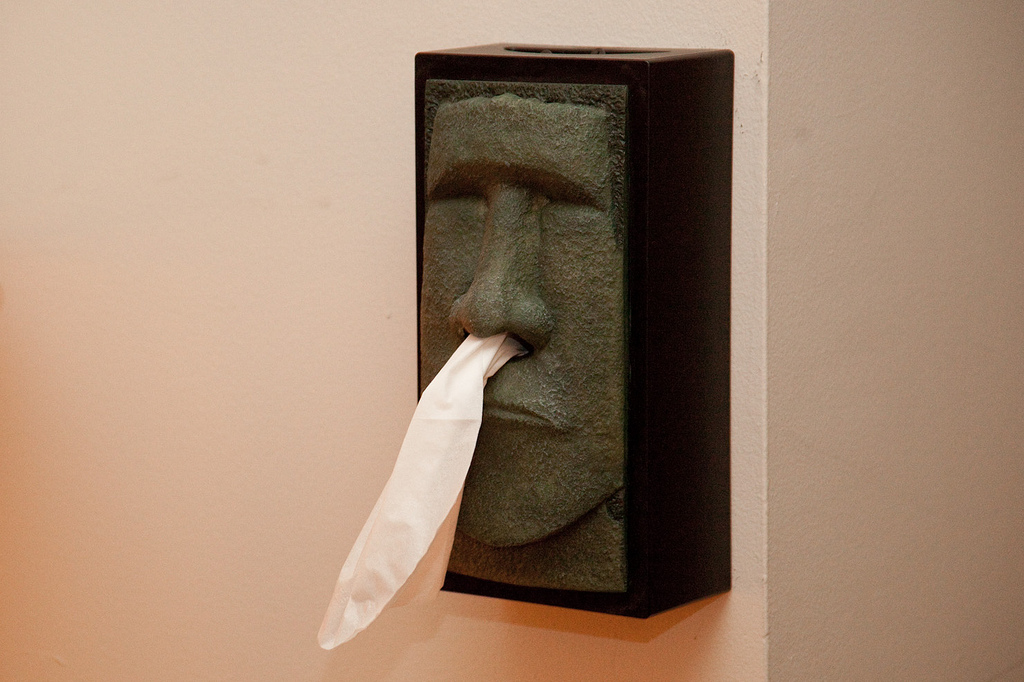
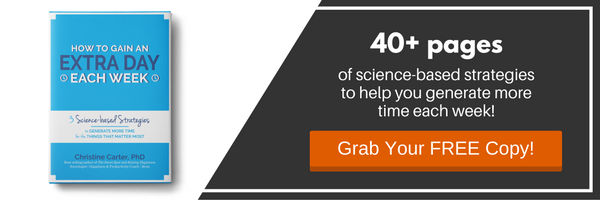
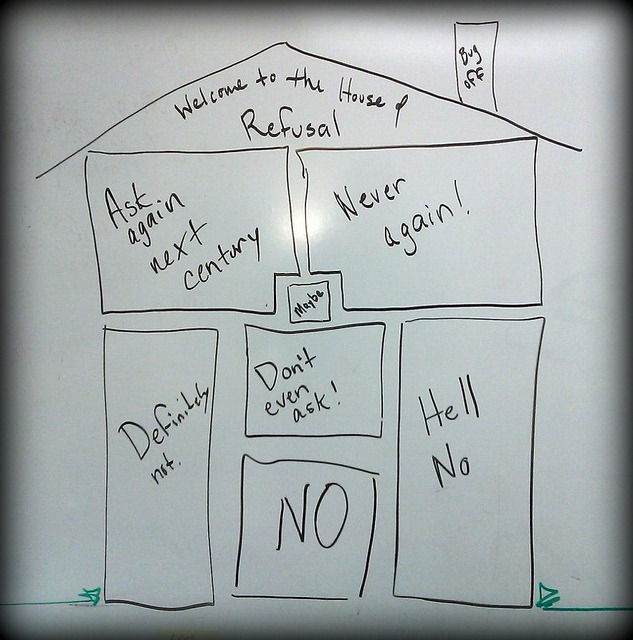

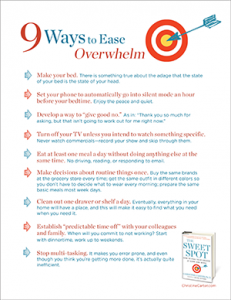
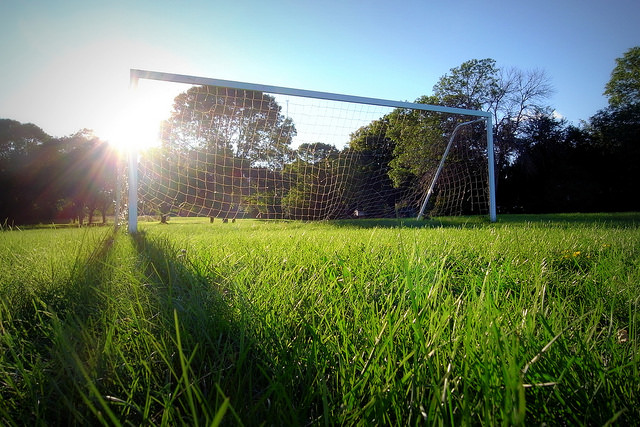
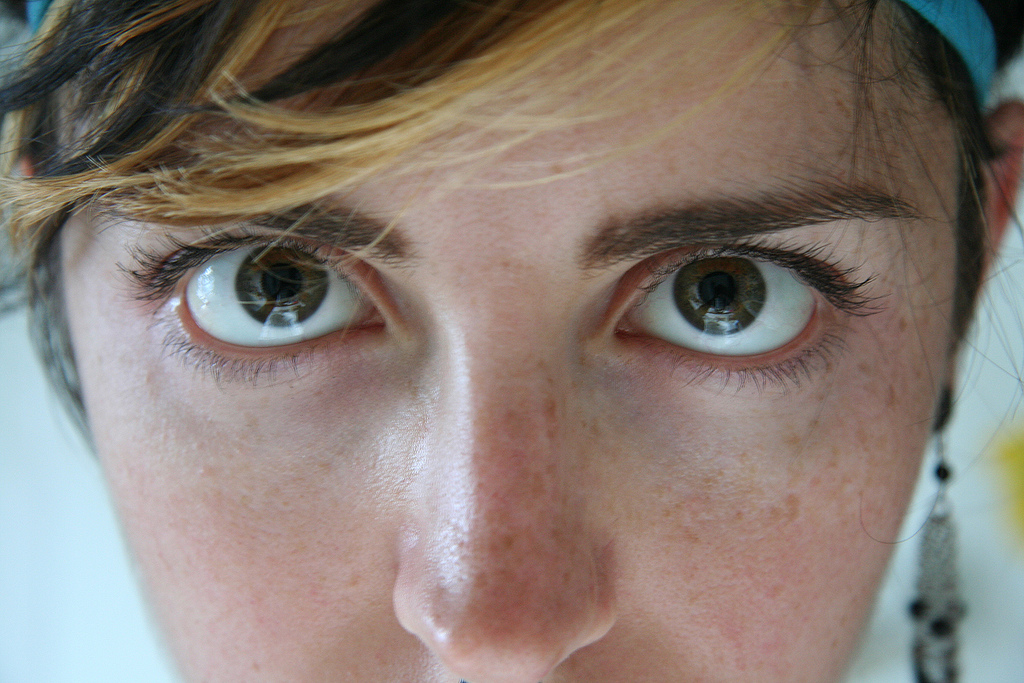
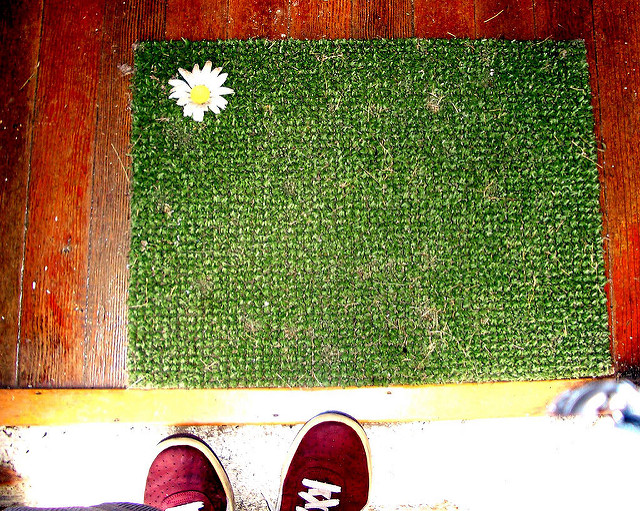
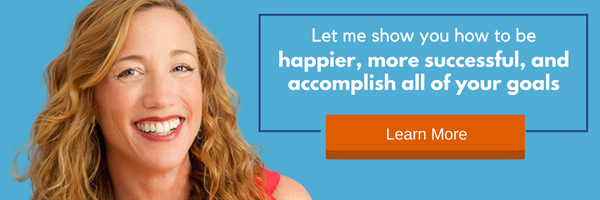
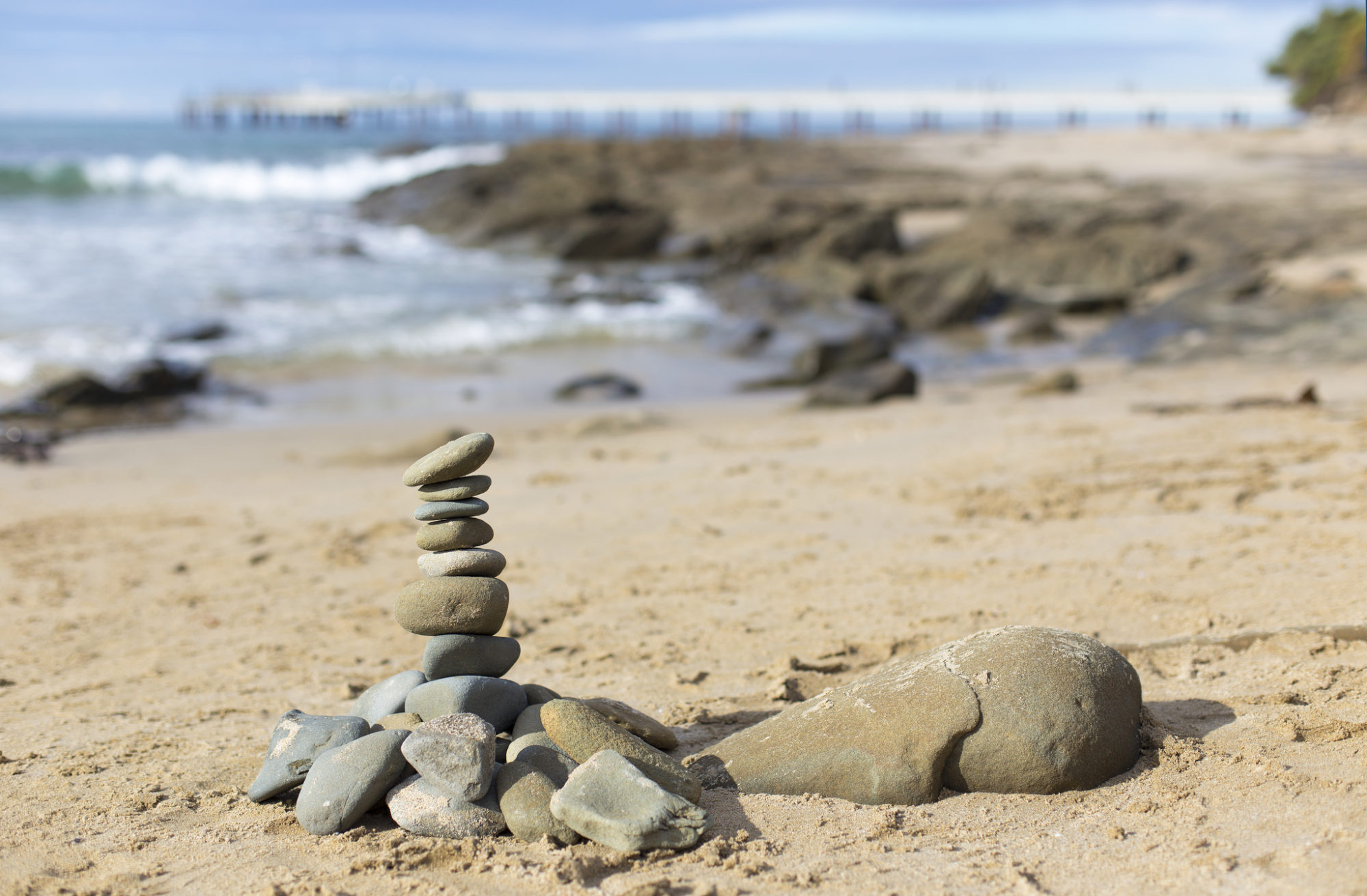
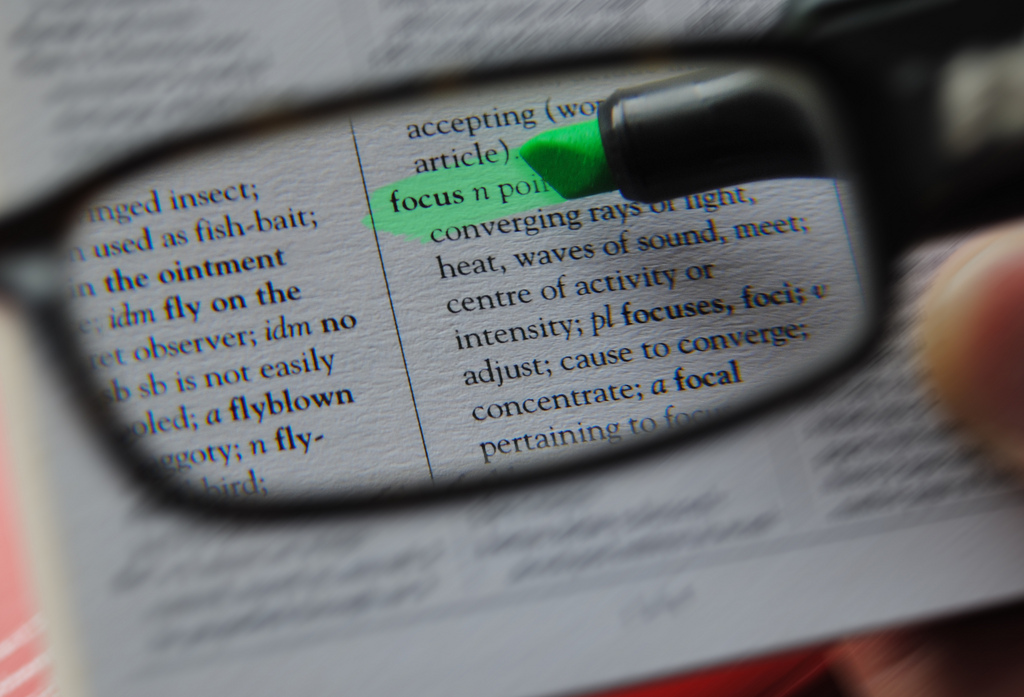
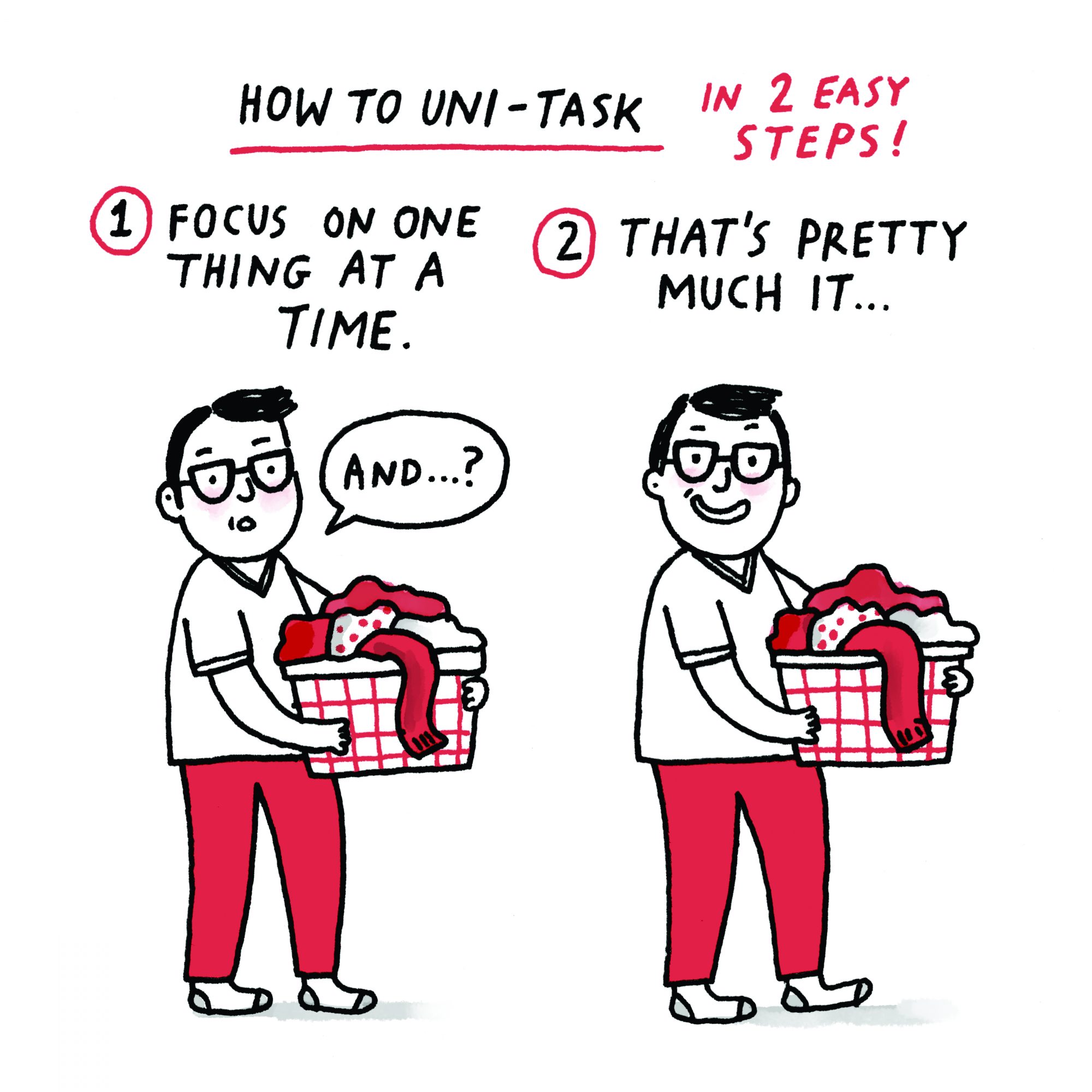 Photo courtesy of
Photo courtesy of 